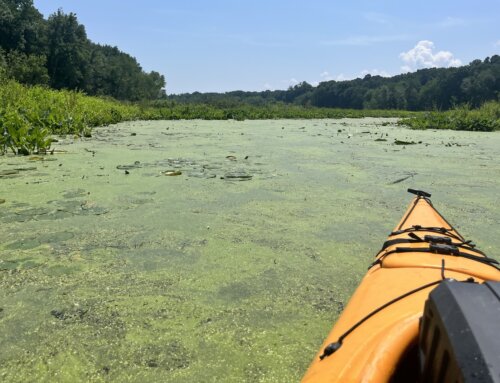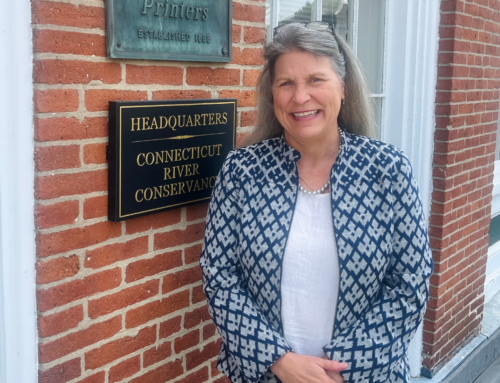Greenfield, MA. June 6 2013. – Last week, temperatures hit 90 degrees, people grabbed their bathing suits and headed for the nearest water body to cool off. In time for the summer recreation season, the Connecticut River Watershed Council (CRC) and Pioneer Valley Planning Commission (PVPC) launched the 2013 Connecticut River water monitoring program. Results from samples collected on May 30 show high bacteria levels for many sites, meaning conditions for swimming and boating may not have been safe along the Connecticut River. Bacteria levels at specific river access sites can be found at www.ConnecticutRiver.us.
This website provides bacteria level information for recreation sites on the Connecticut River and several tributaries. Online results are color-coded and map-based to offer guidance about whether the water is clean enough for swimming and boating relative to the weekly bacteria levels. This information is a snapshot of river conditions at that day and time, but can give river users information they can use to take precaution after heavy rain and near discharge points to prevent potential illness.
“Heavy rain last week is likely the cause of these high bacteria levels. Generally, bacteria readings can spike after a storm event due to combined sewer overflows (CSOs) and stormwater runoff from urban, suburban, and agricultural areas. We generally tell people that they might want to stay out of the water for 24-48 hours after a storm event because of high bacteria and other pathogens,” says Andrea Donlon, CRC MA River Steward, who coordinates the water quality program.
The monitoring project, now in its sixth year, involves volunteers who help generate water quality data that provides a more complete picture of the river’s health and understanding about sources of contamination. Water quality information is posted the day after sampling at www.ConnecticutRiver.us and is useful not only for recreational users who have direct contact with the waters, but for local, state, and federal officials in addressing combined sewer overflow discharges and stormwater flows.
The Connecticut River and tributaries are monitored from southern Vermont to northern Connecticut. Partner organizations include Connecticut River Watershed Council (CRC), Pioneer Valley Planning Commission (PVPC), Millers River Watershed Council, Southeastern Vermont Watershed Alliance, Putney Rowing Club, Black River Action Team, Greater Northfield Watershed Association, and Farmington River Watershed Association. The website will continue to expand throughout the season as new sample sites are added from these organizations. Check back often!
CRC advocates for the entire, four-state Connecticut River watershed, working to protect water—the river, its tributaries, lakes, fish—and the land, plants, and creatures connected to that water to keep them safe now and for future generations. To learn more about CRC, or to make a contribution to support the Connecticut River, visit ctriver.org.
Caption: Snapshot of sample sites at www.ConnecticutRiver.us. Red and yellow pins indicate bacteria levels that are not clean for swimming (red & yellow) and boating (red).
# # #
Andrea Donlon, River Steward
CONNECTICUT RIVER WATERSHED COUNCIL, INC.








